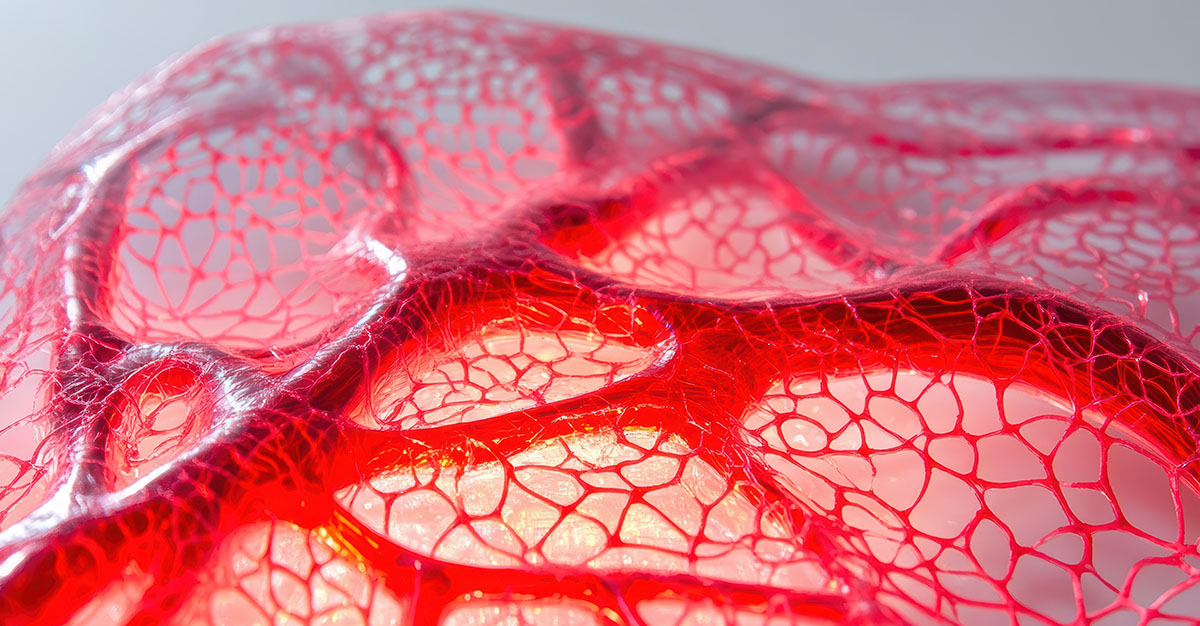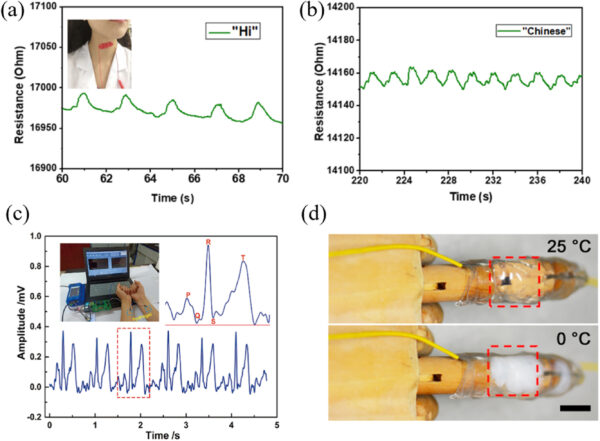Zwitterionic Polymers for Advanced Biomedical Applications

Zwitterionic polymers have emerged as innovative biomaterials combining hydrophilicity, antifouling behavior, and exceptional biocompatibility in one structure.
Zwitterionic polymers have gained traction in biomaterials science due to their high hydrophilicity, antifouling characteristics, and exceptional biocompatibility. These materials effectively prevent protein adsorption and reduce biofouling, making them ideal for implants, sensors, and drug delivery systems.
You can also read: Melt Electrowriting for Biomedical Applications.
Their simultaneous inclusion of cationic and anionic groups in the same monomer unit results in high polarity and a large dipole moment, which enhances water-binding and reduces unwanted biological adhesion.
Unique Properties Driving Biomedical Potential
Each zwitterionic unit contains oppositely charged groups—typically quaternary ammonium cations and sulfonate, carboxylate, or phosphate anions—that maintain net electrical neutrality while enabling intense hydration. This structure supports dense hydration layers, forming an effective barrier against protein and cell adhesion.
Additionally, these polymers can be synthesized through copolymerizing zwitterionic monomers or by grafting functional groups onto existing polymer chains, allowing tunable properties for specialized biomedical uses.
Environmental Responsiveness and Mechanical Adaptability
Environmental pH and salt concentrations significantly influence the electrostatic conformation of zwitterionic polymers. For instance, at the isoelectric point, polymers adopt a tightly coiled state due to balanced electrostatic attraction. Deviating from this pH causes repulsion, expanding the polymer network. This pH-sensitive conformational change, showing how zwitterionic chains fold or expand in response to their ionic environment.
![Fig. 1. (a) Schematic representation of the charge of zwitterionic polymers at different pH. Figure reproduced with permission from American Chemical Society [66]. (b) Relative transmittance of zwitterionic polymer solution at different pH. Figure reproduced with permission from American Chemical Society [69]. (c) pH-responsive swelling of zwitterionic polymer gels. Figure reproduced with permission from American Chemical Society. Courtesy of Structures, properties, and applications of zwitterionic polymers.](https://www.plasticsengineering.org/wp-content/uploads/2025/04/F1A-600x470.jpg)
Fig. (a) Schematic representation of the charge of zwitterionic polymers at different pH. Figure reproduced with permission from American Chemical Society. (b) Relative transmittance of zwitterionic polymer solution at different pH. Figure reproduced with permission from American Chemical Society. (c) pH-responsive swelling of zwitterionic polymer gels. Figure reproduced with permission from American Chemical Society. Courtesy of Structures, properties, and applications of zwitterionic polymers.
Hydration Layer and Antifouling Action
Due to their strong polarity, zwitterionic polymers form a hydration shell that resists the attachment of proteins, bacteria, and other contaminants. Polymers like PMPC and PCBMA are well-known for forming these protective water-rich layers, which help maintain long-term surface stability.
Such hydration behavior not only improves antifouling performance but also promotes low immunogenicity, which is essential for long-term implant applications.
Real-World Applications in Implants and Sensors
Recent studies have demonstrated zwitterionic coatings on cardiovascular implants significantly reduce platelet adhesion and calcium deposition, outperforming traditional materials like PHEMA and PAMPS.

Zwitterionic polymers also form the backbone of responsive hydrogels used in soft biosensors, enabling accurate detection of physiological signals like pulse and speech. Courtesy of Structures, properties, and applications of zwitterionic polymers.
The Future of Functional Biomaterials
As zwitterionic polymers continue to evolve through advances in monomer design and environmentally responsive architectures, they promise to revolutionize the fields of medical devices, drug delivery, and surface engineering. Their adaptability, durability, and bioinertness make them key players in the development of next-generation smart biomaterials.
